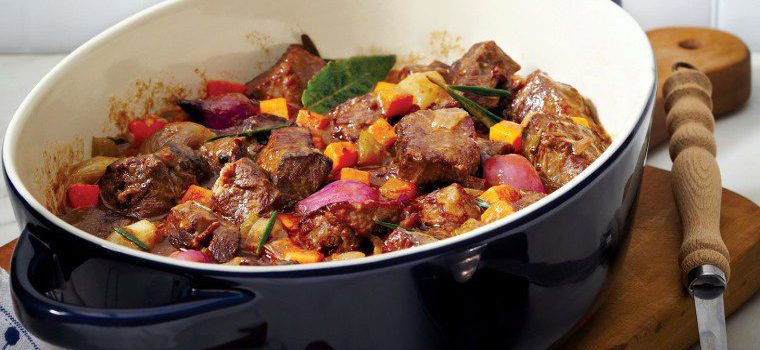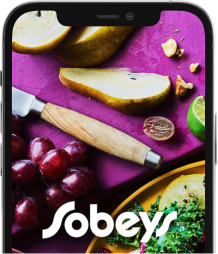Master the Technique
Learn the age-old basics and benefits of taking it slow with our steps to the best braise.
 |
Use a Heavy Pot. Whether you use a Dutch oven or roasting pan, the key is to cover it with either a heavy lid or tightly sealed foil to trap in every bit of moisture and heat. |
 |
Create Base Flavour. In a large oven-safe saucepan, roaster or Dutch oven, sauté savouries such as onions, bacon, garlic and vegetables in oil until tender and fragrant, 5 to 10 min. Remove savouries from saucepan and reserve. |
 |
Get Tough. Brown tougher meat cuts and/or dense vegetables (which are ideal for braising and are more economical) in oil on medium-high heat until lightly brown on all sides, working in batches if needed. Remove from pan and reserve. |
 |
Add an Acidic Liquid. Add an acid, such as wine, beer, vinegar, lemon juice or canned tomatoes, to the saucepan and reduce slightly, scraping any brown bits from the bottom. This crucial step will help break down tough connective tissues in meat and soften firm vegetables and legumes. |
 |
Make Braising Liquid. Next, add water or broth to saucepan, whisk to blend and bring to a simmer. Return reserved savouries, meat and vegetables to saucepan. Ensure you have enough moisture to barely cover the ingredients, without submerging them. |
 |
Add Aromatics. Season the dish with herbs and spices. The choices are endless – garlic, onions, carrots, celery and herbs infuse fragrant flavour into the braising liquid. |
 |
Braise. Cover tightly and braise in the oven at 350°F (180°C) for a min. of 1 hour and up to 3 hours. |

